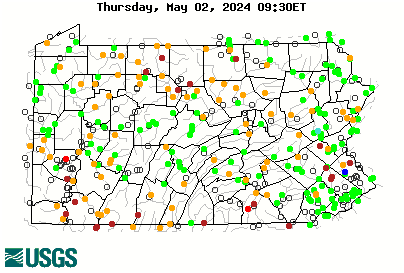Tigereye
Well-known member
Red would disappear in deeper, darker water, be black basically. Your point about water depth seems important.
I saw this video yesterday. I believe it may be his most recent posting.
He has become one of, if not my favorite tyer. Very precise and informative. His accent and calm style are very relaxing. Rivaled only by Davie McPhail.
The Red and amber combinations on that fly make it POP.
With depth, as the red turns black, it should show great contrast with the amber.
If nothing else, one would fish it with confidence. I would.
I tied a few up before hitting the river today. It was responsible for this fine fellow






